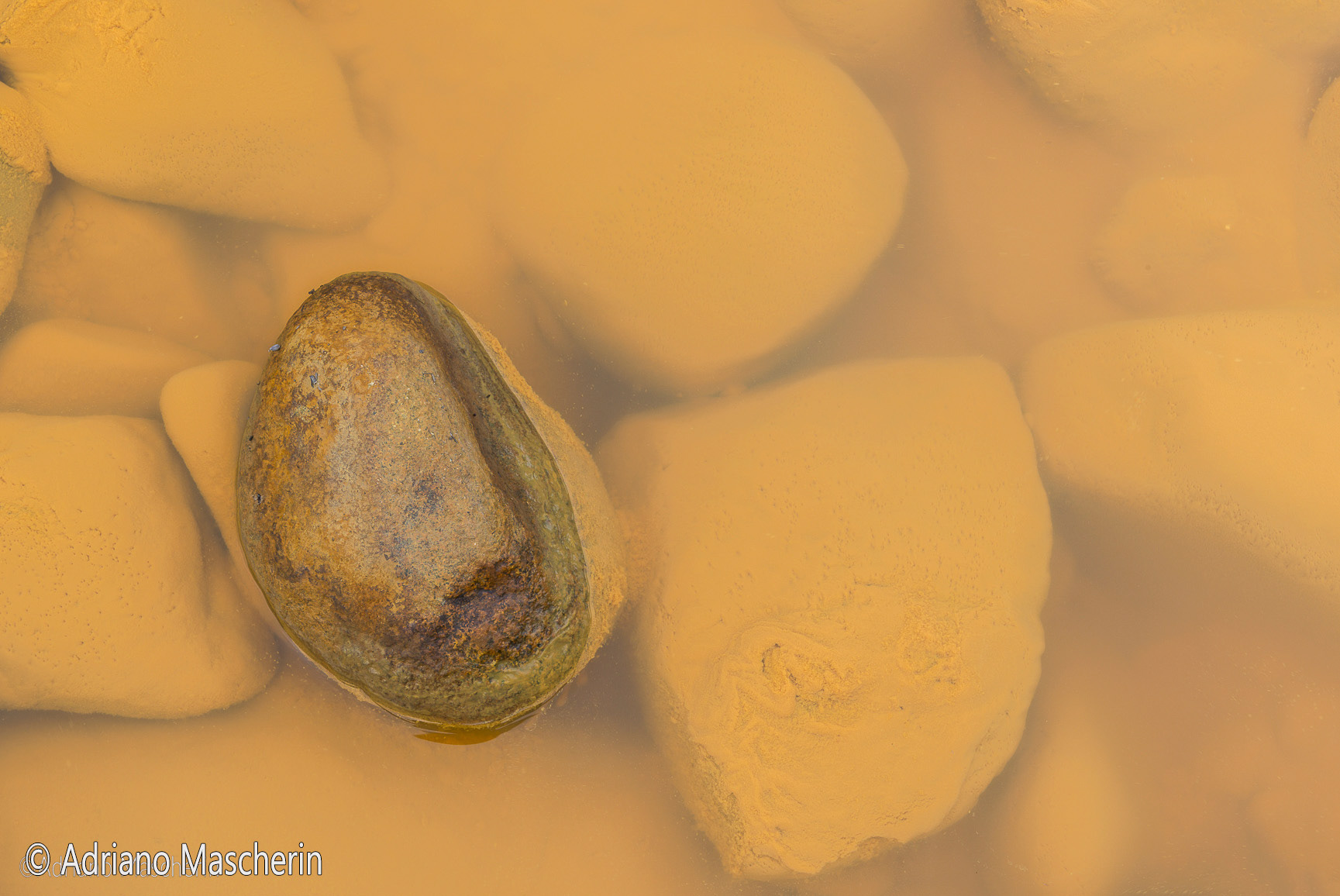Questo viaggio mi è stato proposto da amici con la comune passione per la fotografia , inizialmente ero un po’ in dubbio per l’incertezza del clima visto il periodo scelto (1-10 di novembre).
Il posto scelto è molto particolare e non molto conosciuto anche perché questo ambiente è così per opera dell’uomo che l’ha praticamente devastato infatti qui c’è una miniera a cielo aperto abbandonata che gli inglesi hanno sfruttato dal 1873 fino al 1957 nel paese di Minas de Rio Tinto. Il paese è stato collegato a Huelva con una ferrovia che segue il corso del Rio Tinto per il trasporto dei minerali estratti e delle merci e persone. Ora restano montagne di materiale di scavo un grande buco chiamato “Corta Atalaya” del diametro di 800 mtr. Profondo 200 mtr ed un fiume inquinato e senza vita con le acque di colore rosso vivo e un’acidità ph 2.2 dovuta alle acque che percolando da queste montagne di detriti di scavo disciolgono una grande quantità di minerali.
In particolare il solfuro di ferro diventa alimento per dei microrganismi che lo trasformano in metallo liberando acido solforico da cui deriva l’acidità delle acque. Per questo motivo la NASA ha fatto degli studi sul posto perché qui le condizioni di vita sono simili a quelle Marziane.
Dal punto di vista fotografico però la zona offre spunti incredibili, se non fosse per l’acqua sembra di essere su Marte.
Abbiamo assistito e ripreso delle visioni incredibili dal rosso e giallo dominanti, senza contare le rocce multicolore, le pozze e rivoli dalle mille sfumature. In certi momenti non si sapeva cosa riprendere, l’impatto cromatico era invadente, e dovevamo passare qualche minuto in contemplazione per tentare di assimilare le caratteristiche dei luoghi
Abbiamo visitato anche un altro fiume che invece è incredibilmente giallo con sfumature di verde, un’altra stranissima visione contornata da rocce rosse e da erica in fiore.
Al ritorno da questa visita abbiamo avuto un’incidente, un gruppo di cervi ha attraversato la strada di corsa e uno di questi ha colpito la nostra macchina. Non ci siamo fatti male e fortunatamente l’assicurazione copriva tutto il danno.
Non saremmo più andati via da questo luogo, ma uno dei miei amici voleva fare una puntata in Portogallo e allora gli ultimi 2 giorni li abbiamo passati a Zambujera Do Mar. Molto belle le alte scogliere che si alternano a baie con incantevoli spiagge solcate , quando c’è la bassa marea, da rocce con stratificazione verticale che disegnano intriganti grafie. Possente il respiro dell’oceano, il vento e grandi onde che si infrangono sulle scogliere con nuvole di spruzzi.
In conclusione 10 giorni fantastici, bel tempo, temperatura gradevole tra 12 e 24°C , abbiamo mangiato bene e anche gli alloggi erano ben tenuti puliti e confortevoli, e un bottino fotografico più che soddisfacente.
Oltre la galleria qui sotto, potete vedere altre immagini di questo luogo, nel blog JUZA nella galleria Rio Tinto e Universi Minimi a Minas de Rio Tinto.
This trip was suggested by some friends with a shared passion for photography, I was initially a bit 'in doubt given the uncertainty of the climate since the chosen period (1-10 November).
I chose this topic because traveling and photography are my favorite hobbies. The place we chose is very special and not very well known because the environment is so due to the activity of the man who has practically devastated it here, in fact, there is an abandoned open pit mine that the British exploited from 1873 until 1957 in the village of Minas de Rio Tinto. The country is connected with Huelva through a railroad that follows the course of the Rio Tinto for the transport of extracted minerals, goods and people. Now there are mountains material from the excavation, a large hole called the 'Corta Atalaya' diameter 800 mtr. 200 mtr deep and a polluted and lifeless river, bright red waters and with ph 2.2 acidity causes by the waters percolating through the mountains and dissolving a large amount of minerals.
In particular, the iron sulfide becomes food for the microorganisms that convert it into metal releasing sulfuric acid from causing the acidity of the water. For this reason, NASA has carried out several studies on the spot because the life conditions are similar to those on Mars.
From a photographic point of view, however, the area offers incredible insights and if it were not for the water would  seem as if you were on Mars.
Every day we visited new sites in the area of the mine and along the course of Rio Tinto starting from the spring, Majadillas bridge, interrupted bridge near Berrocal and mill of Gadea. We waited and took over the stunning views with dominant red and yellow, without taking in account the colorful rocks, puddles and rivulets of many colors. Sometimes we did not know what to shoot, the impact of color was invasive, and we had to spend a few minutes in contemplation attempting to assimilate the characteristics of places
We also visited another river on the other hand is incredibly yellow with shades of green, another strange vision surrounded by red rocks and blooming heather. Returning from this visit we had an accident, a group of deer suddenly crossed the road and one of them hit our car. We did not get hurt and luckily insurance covered all the damage.
We would not have gone back from this place, but one of my friends wanted to go to Portugal for a quick visit in and so we spent the last 2 days in Zambujera Do Mar. Very beautiful ,high cliffs alternate with coves with beautiful beaches furrowed, when there is low tide, by rocks with vertical stratification that draw intriguing spellings. Mighty the breath of the ocean, the wind and big waves crashing on the cliffs with clouds of spray.
Finally, 10 fantastic days, great weather, nice temperature between 12 and 24° C, we ate well and also the accommodations was well kept clean and comfortable, and a photography collection was more than satisfactory.
Beyond underlying gallery , you canse more picture of this place, in the JUZA blog in the Rio Tinto and Universi Minimi a Minas de Rio Tinto galeries

Corta Atalaya - Minas de Rio Tinto
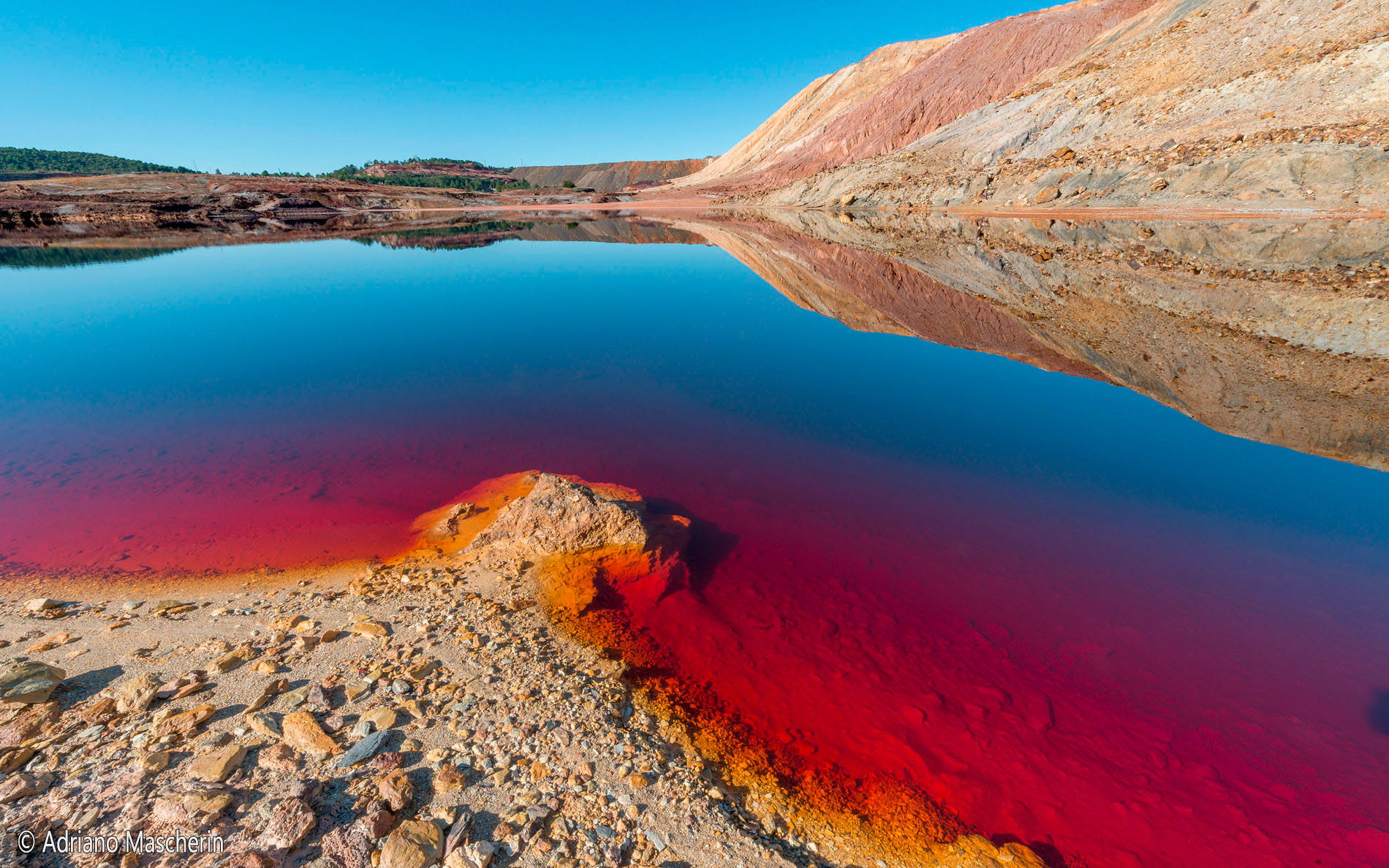
Lago rosso - Red Lake - Minas de Rio Tinto
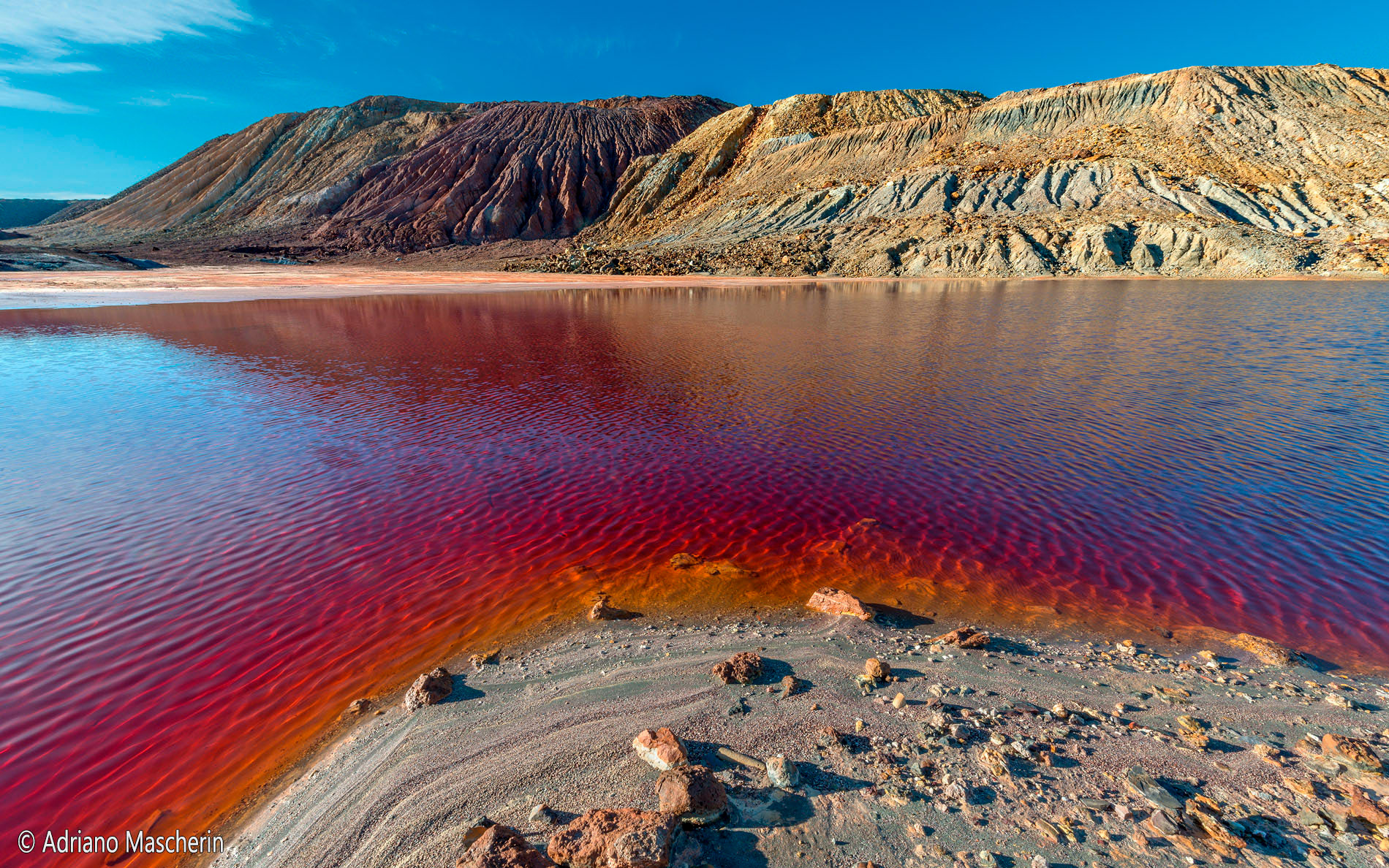
Lago rosso - Red Lake - Minas de Rio Tinto
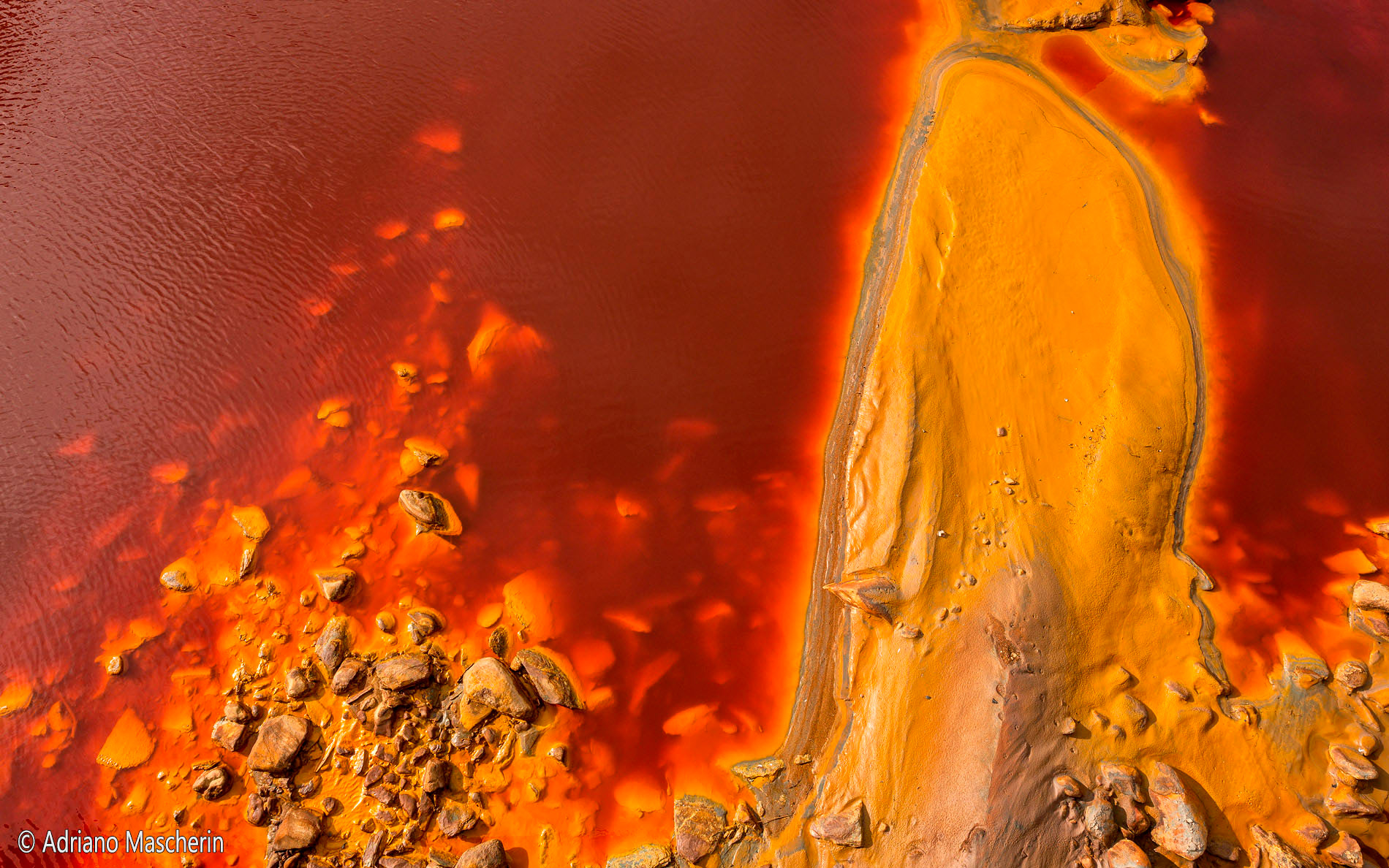
Fanghi e acqua del Rio Tinto - Rio Tinto mud and water
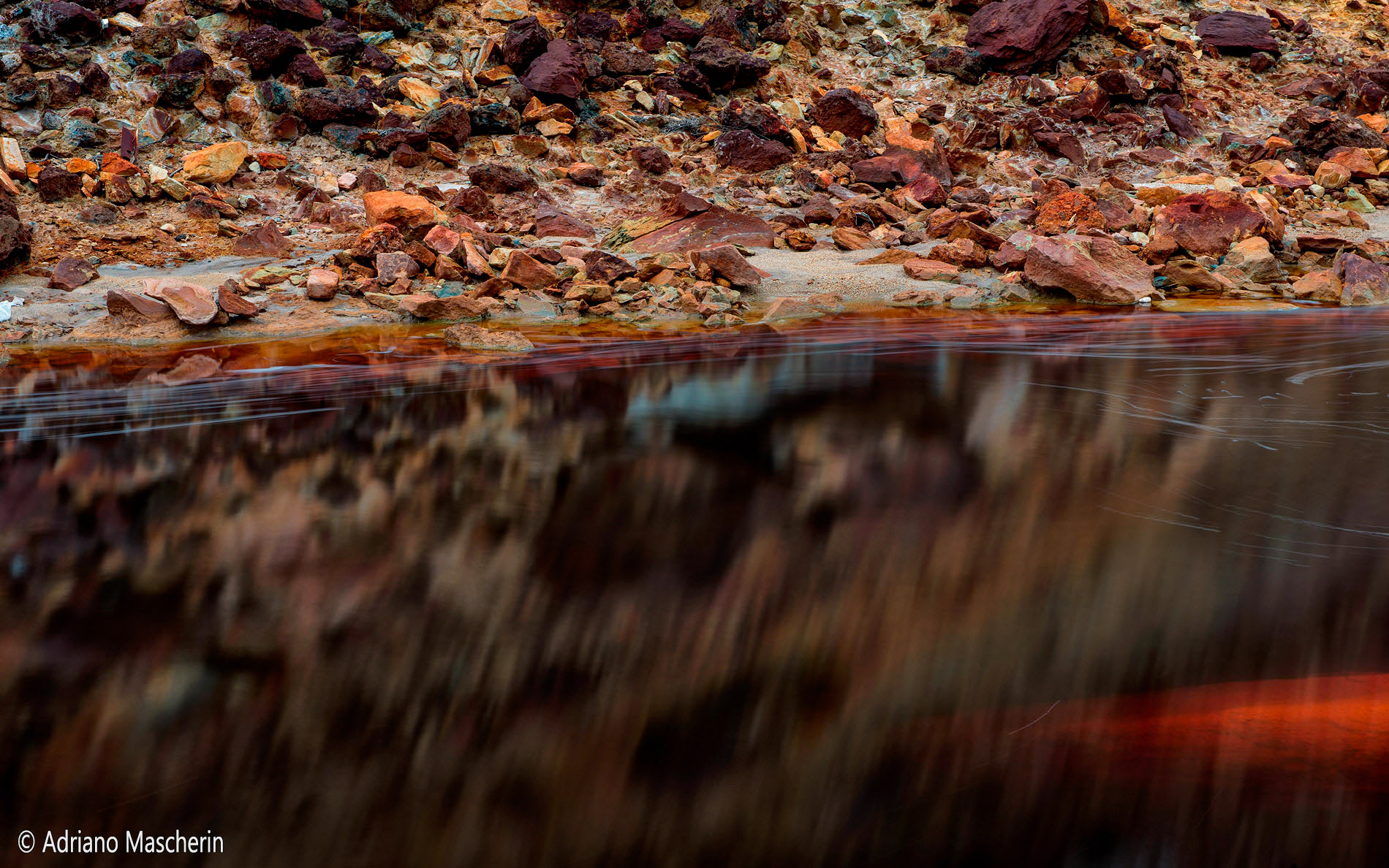
Embalse Marismilla - Rio Tinto
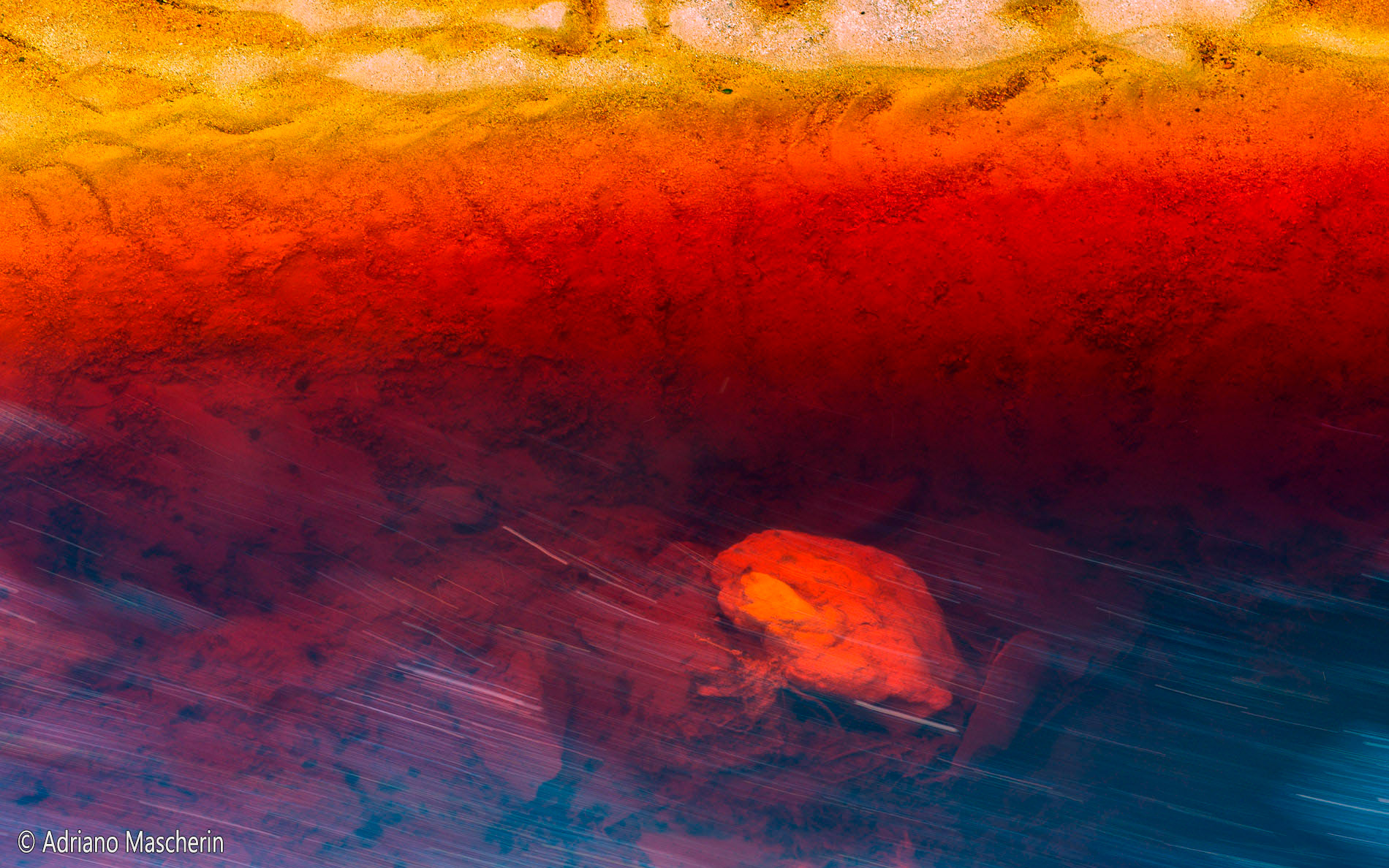
Embalse Marismilla - Rio Tinto

Lago della ferrovia - Railroad lake - Rio Tinto
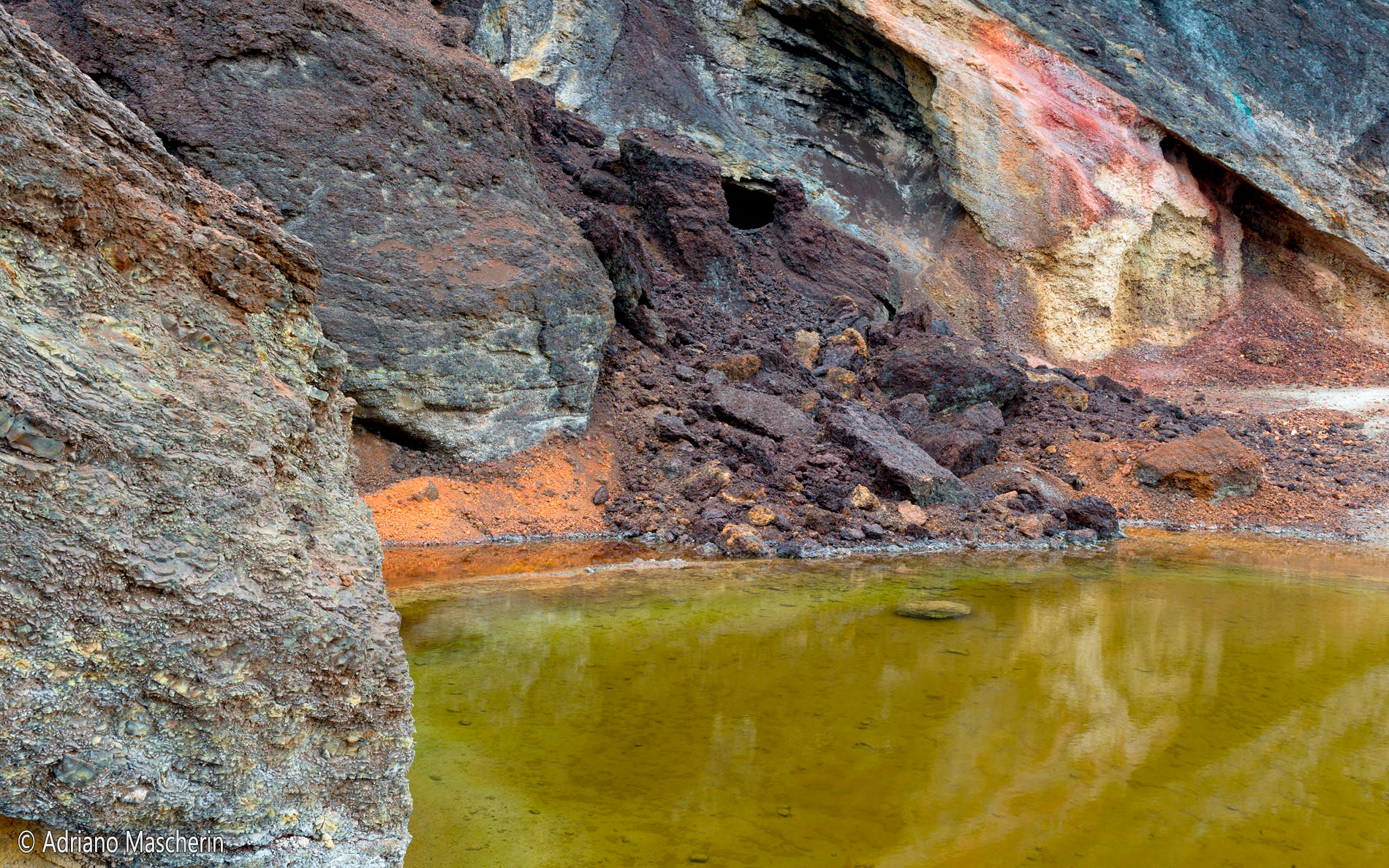
Zona mineraria - Mining area - Rio Tinto
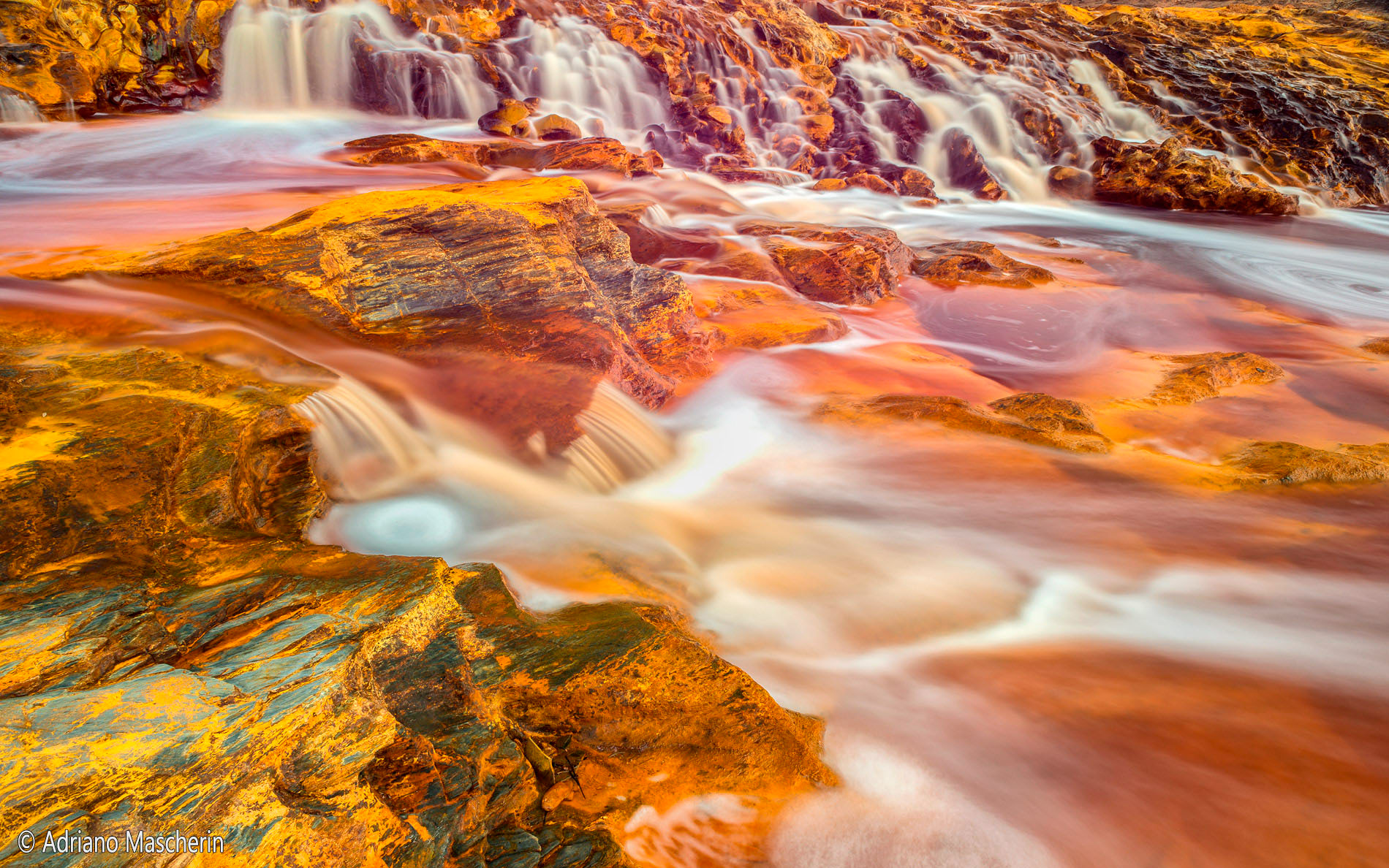
Mulino Gadea - Rio Tinto
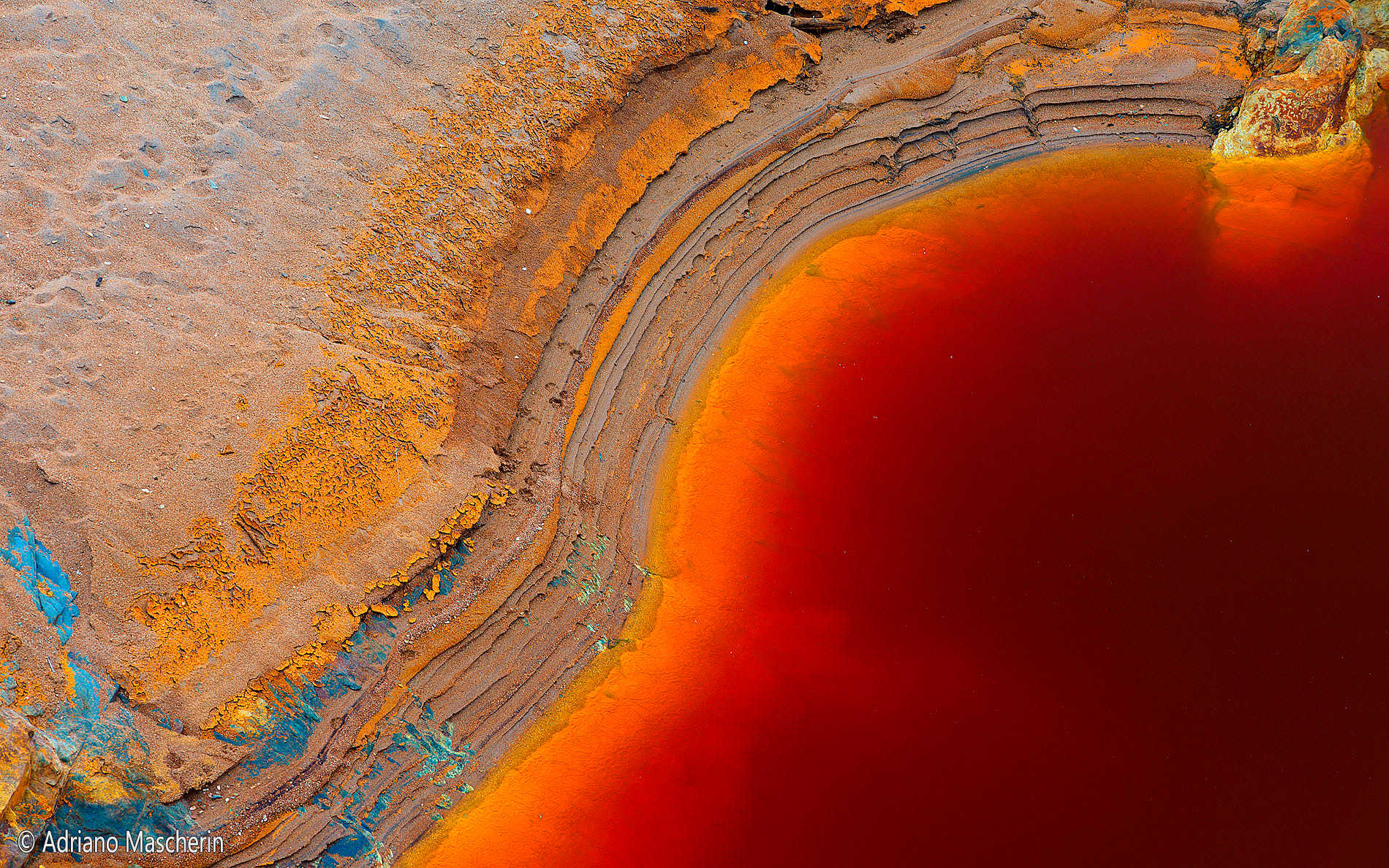
Mulino Gadea - Rio Tinto

Pena Hierro Rocks - Rio Tinto
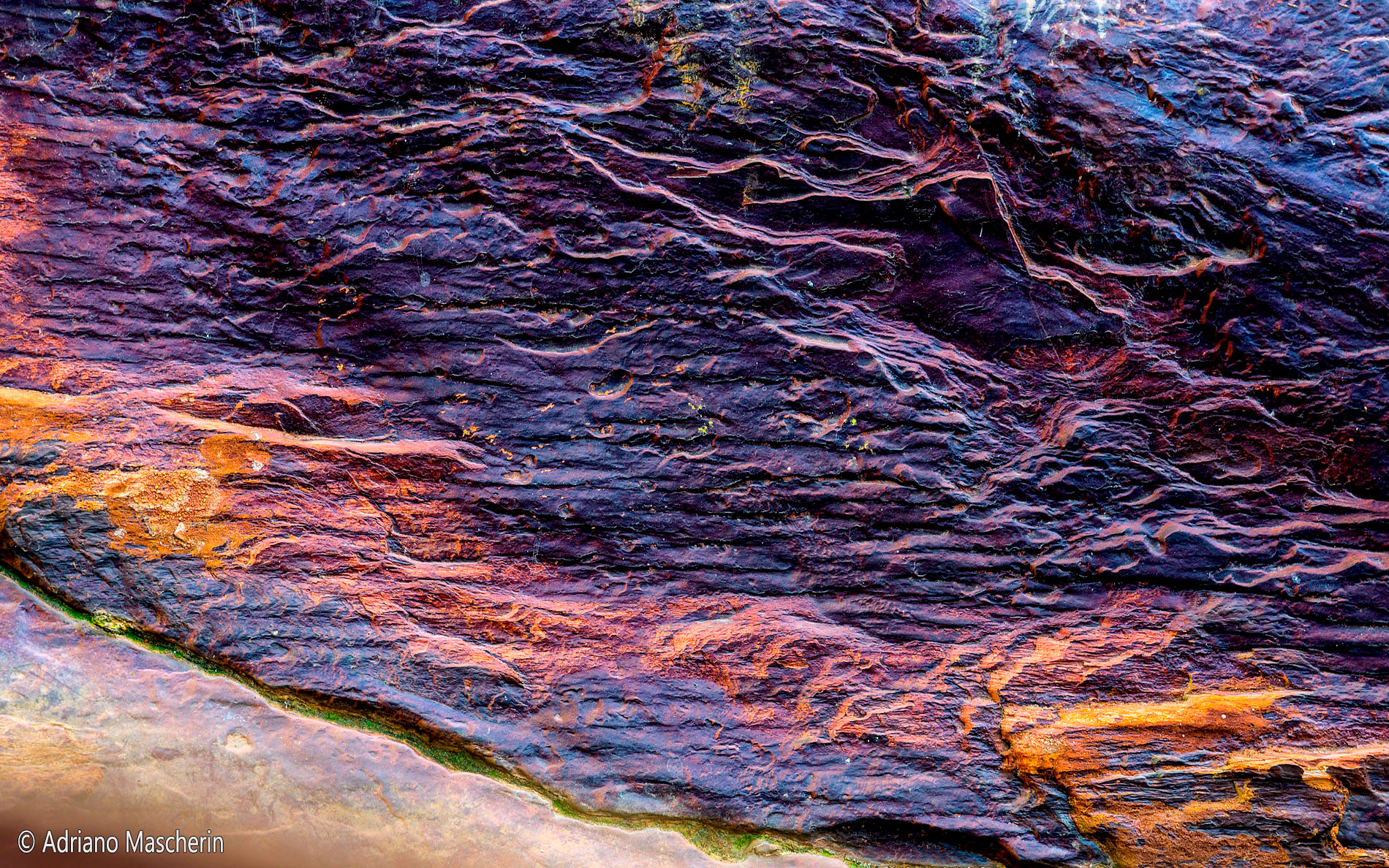
Berrocal bridge rocks - Rio Tinto
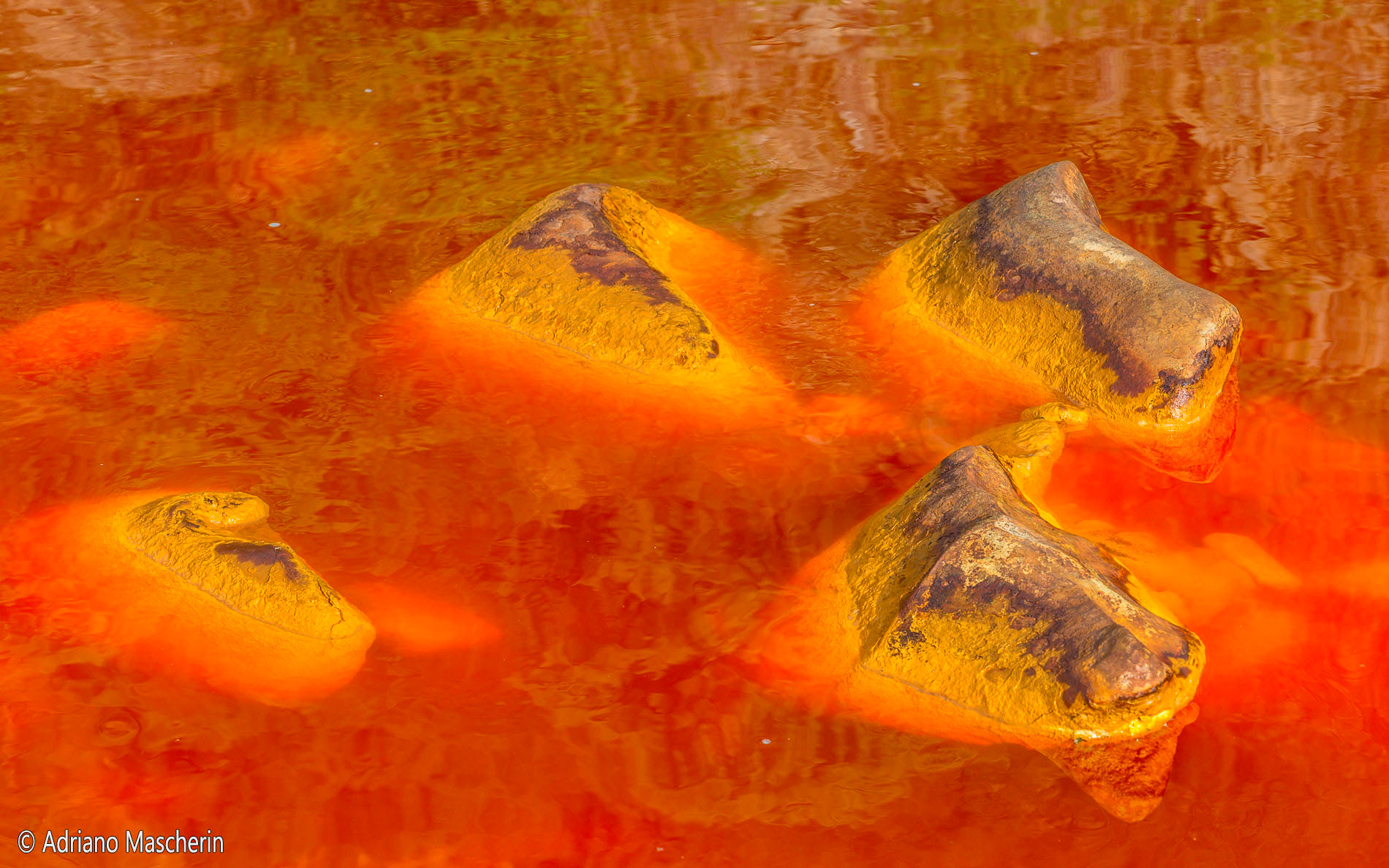
Berrocal bridge rocks - Rio Tinto
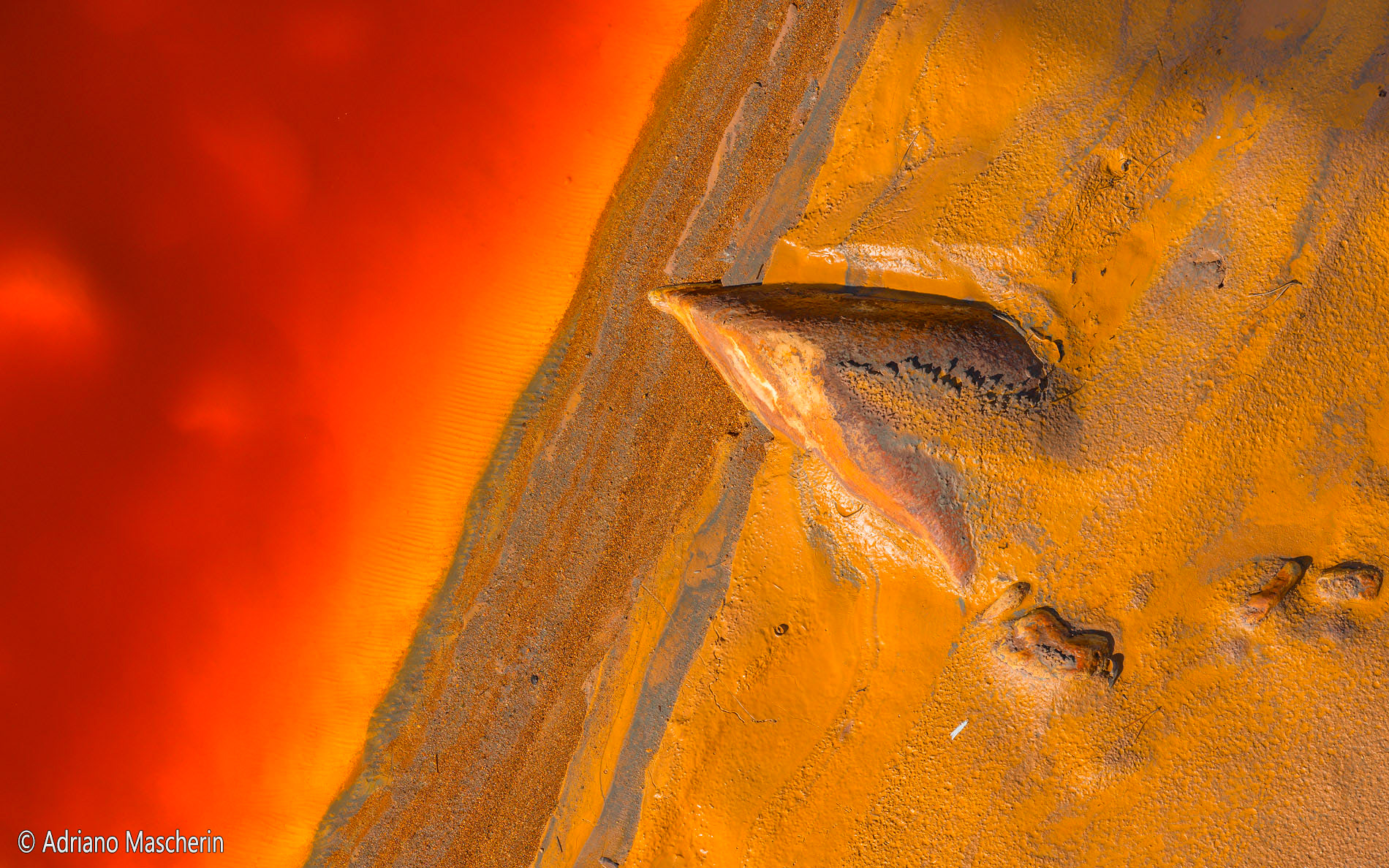
Ponte crollato - Collapsed bridge - Rio Tinto
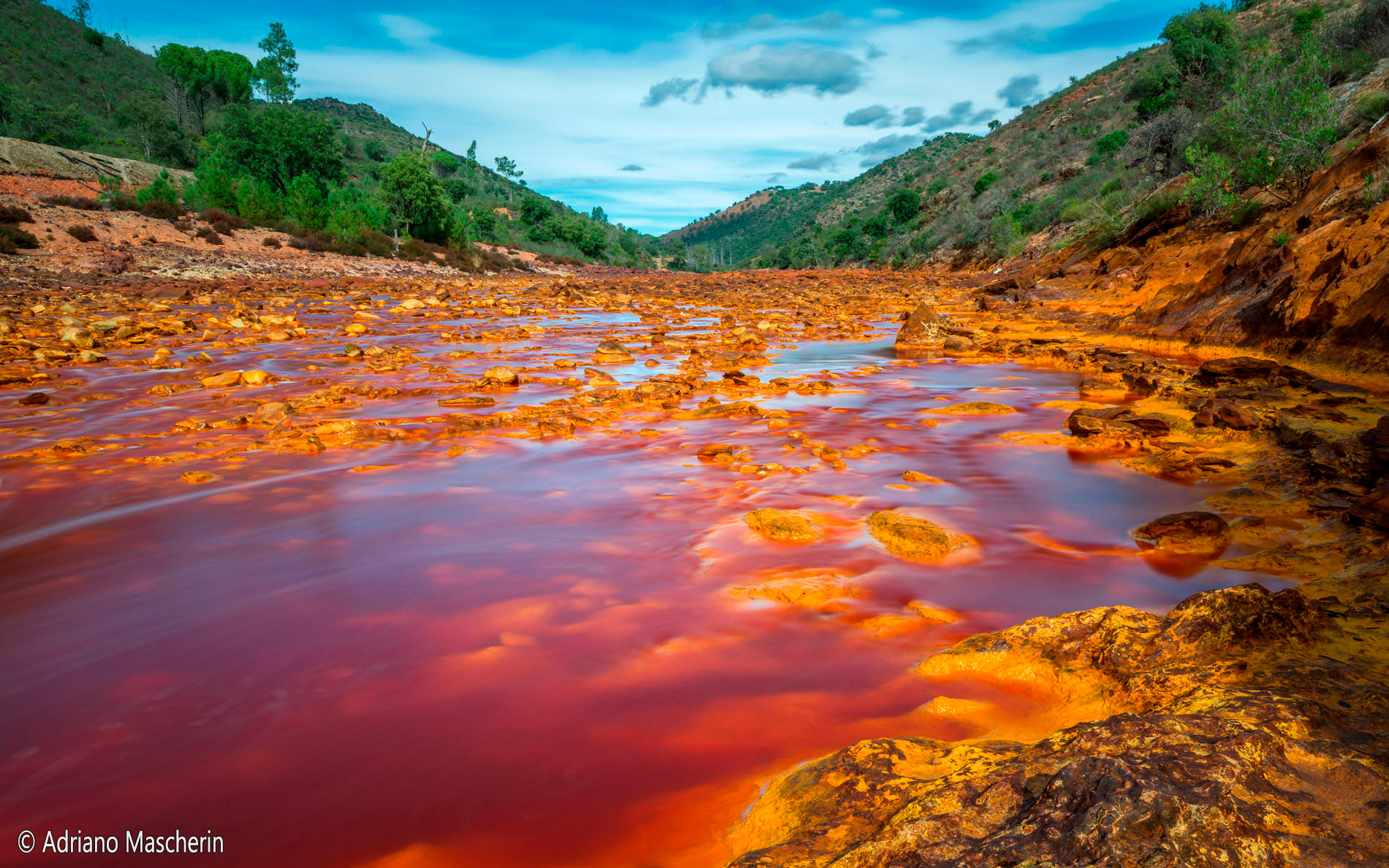
Ponte crollato - Collapsed bridge - Rio Tinto

Ponte crollato - Collapsed bridge - Rio Tinto

Ponte crollato - Collapsed bridge - Rio Tinto
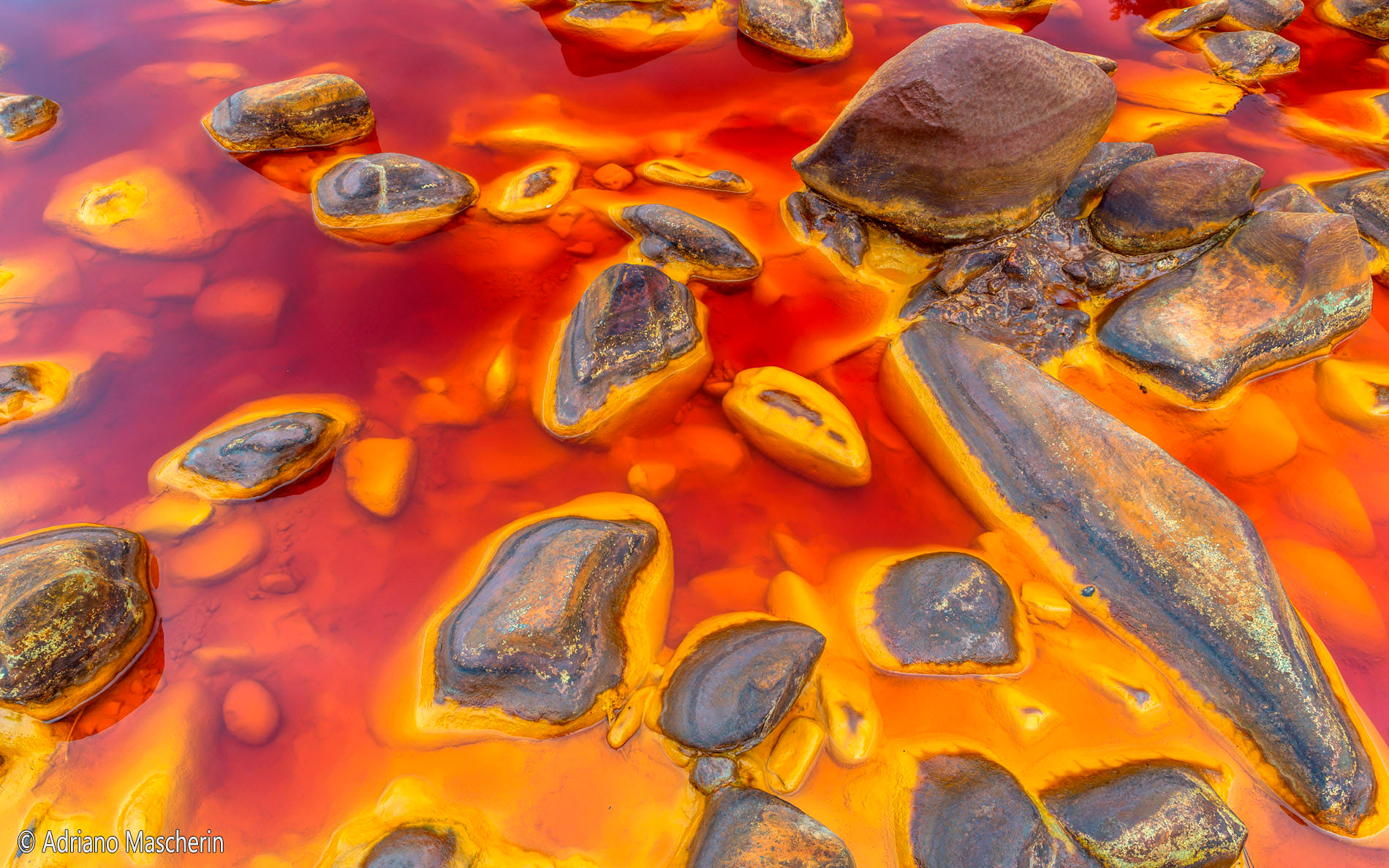
Ponte crollato - Collapsed bridge - Rio Tinto
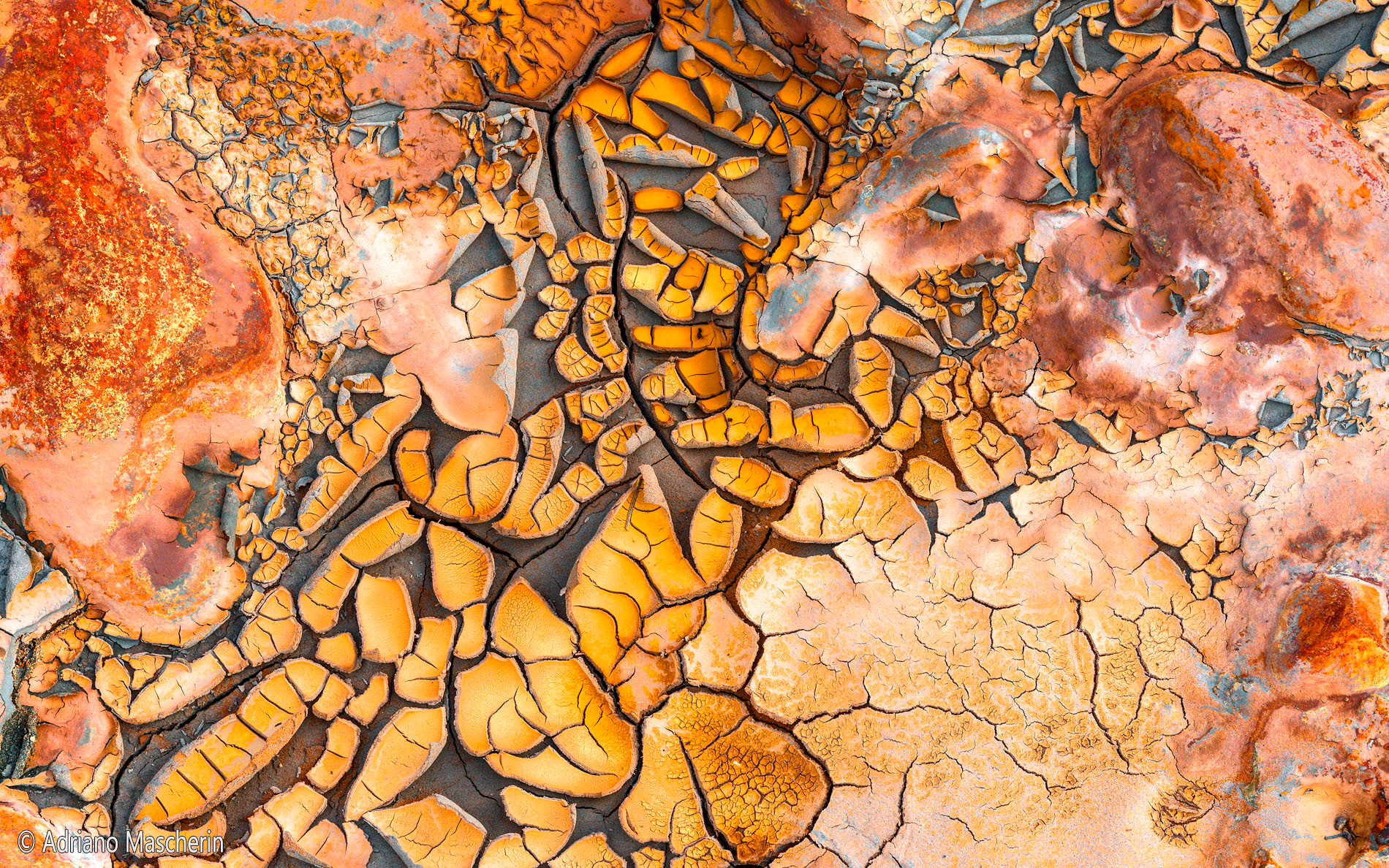
Disegni di fango - Mud drawings - Rio Tinto
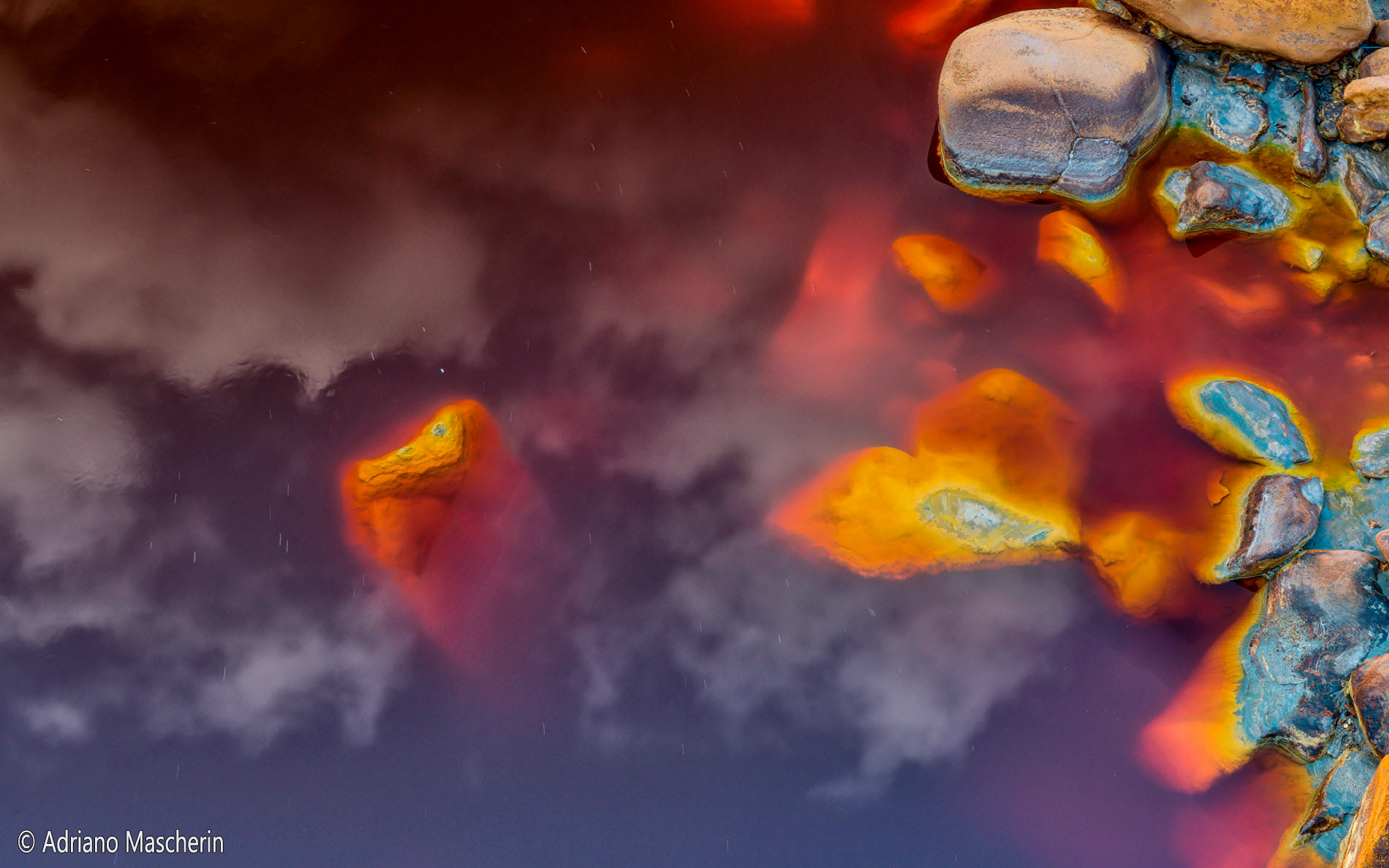
Las Majadillas bridge - Rio Tinto
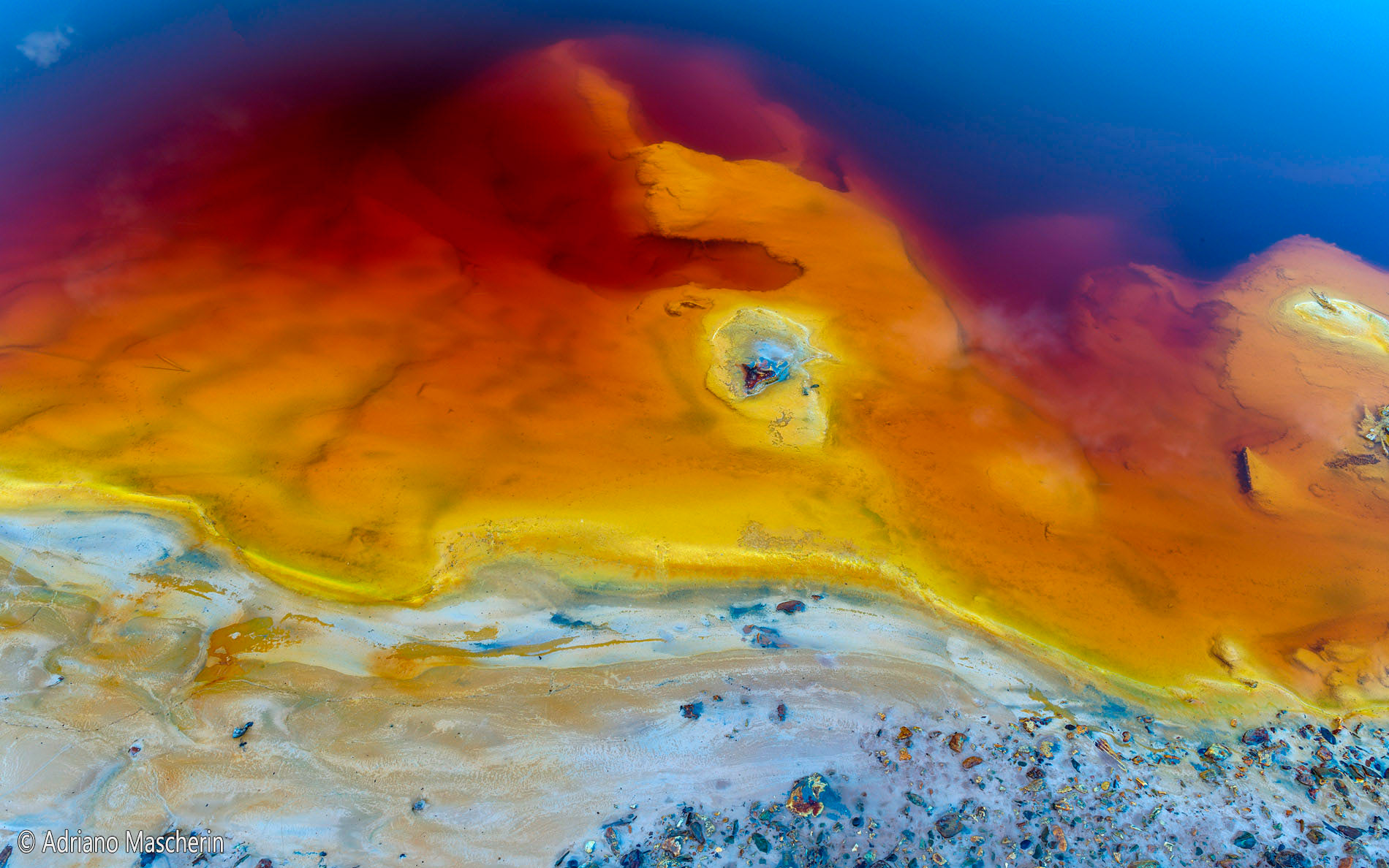
Las Majadillas bridge - Rio Tinto

Las Majadillas bridge - Rio Tinto
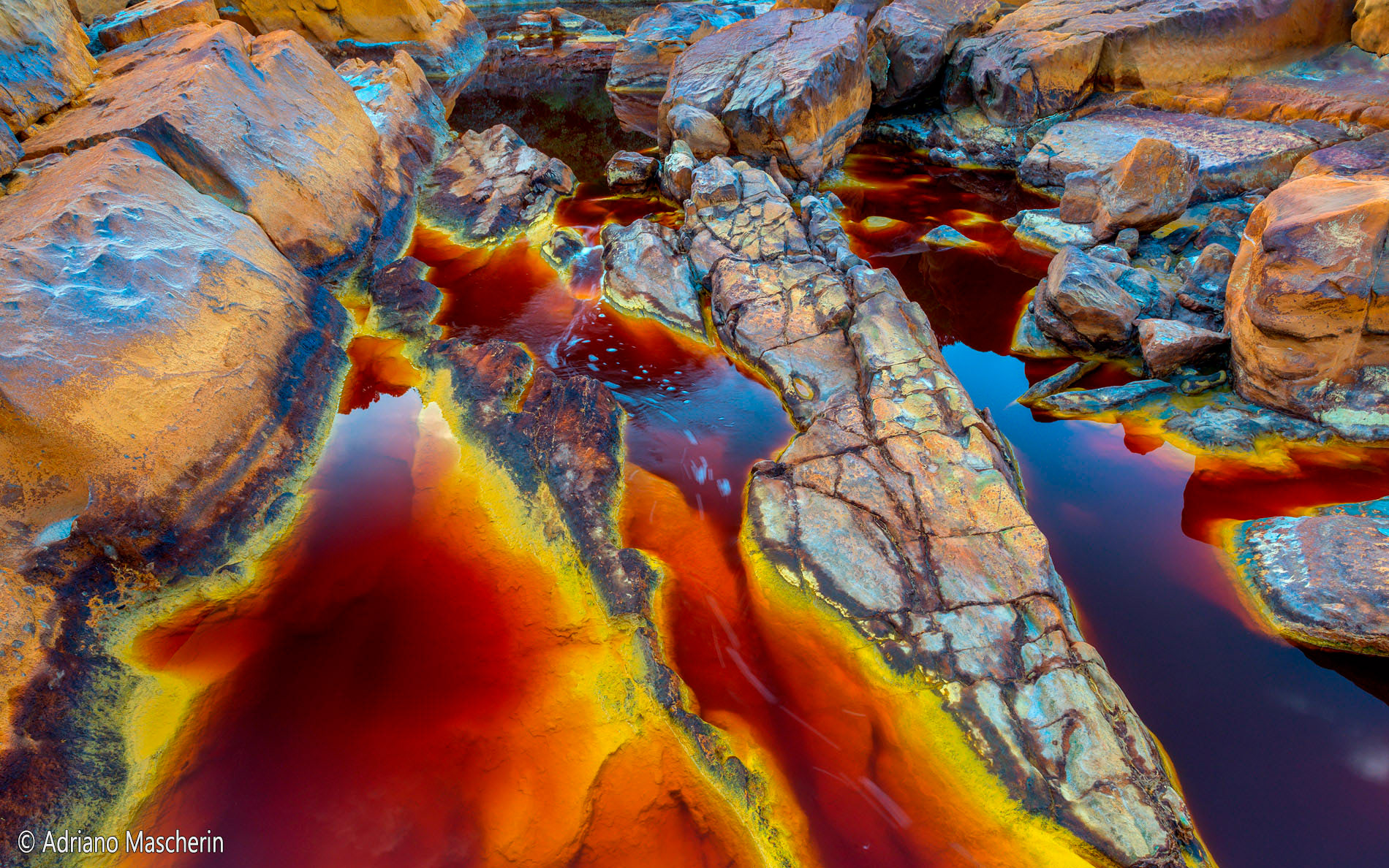
Las Majadillas bridge - Rio Tinto
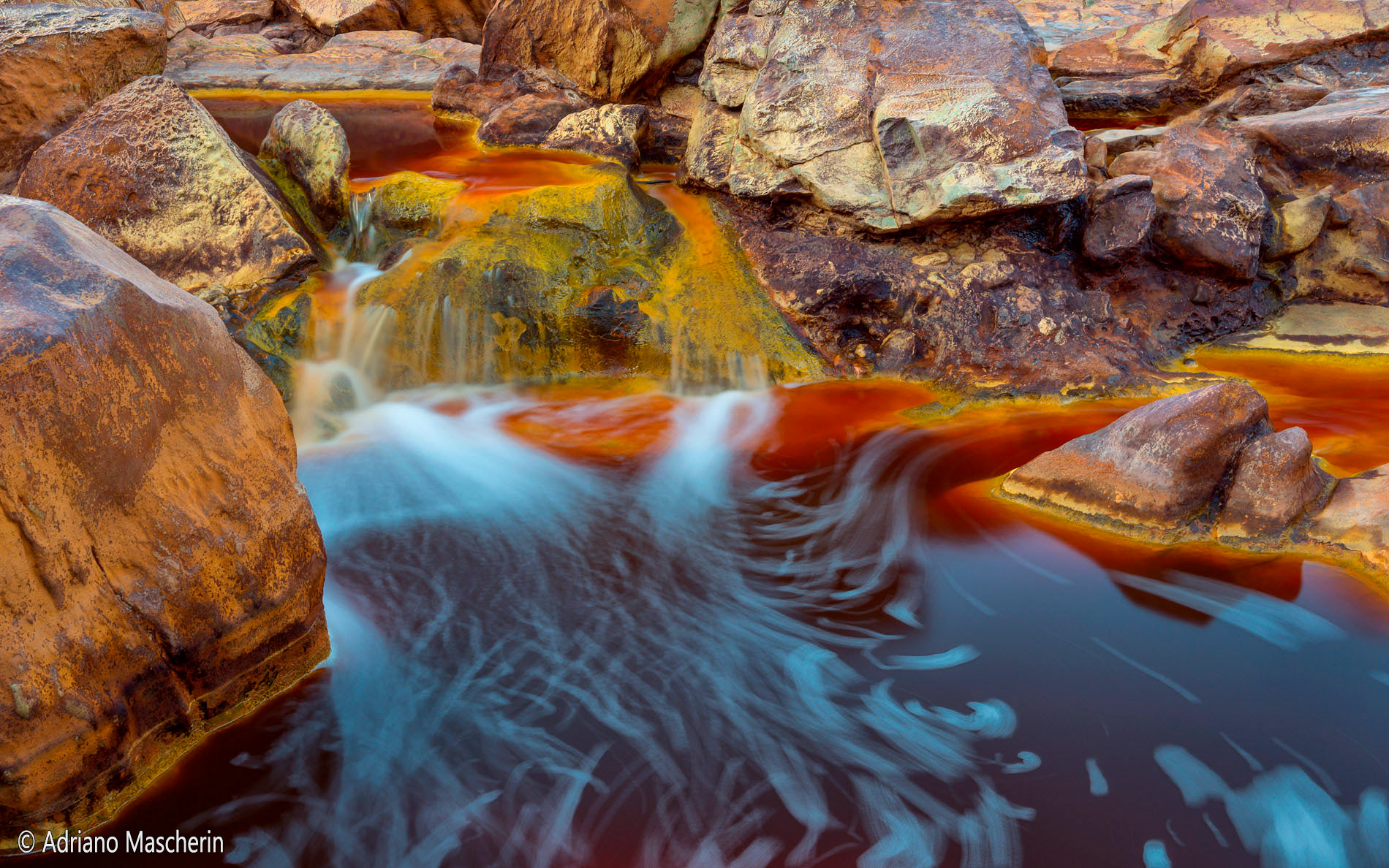
Las Majadillas bridge - Rio Tinto

Las Majadillas bridge - Rio Tinto

Las Majadillas bridge - Rio Tinto
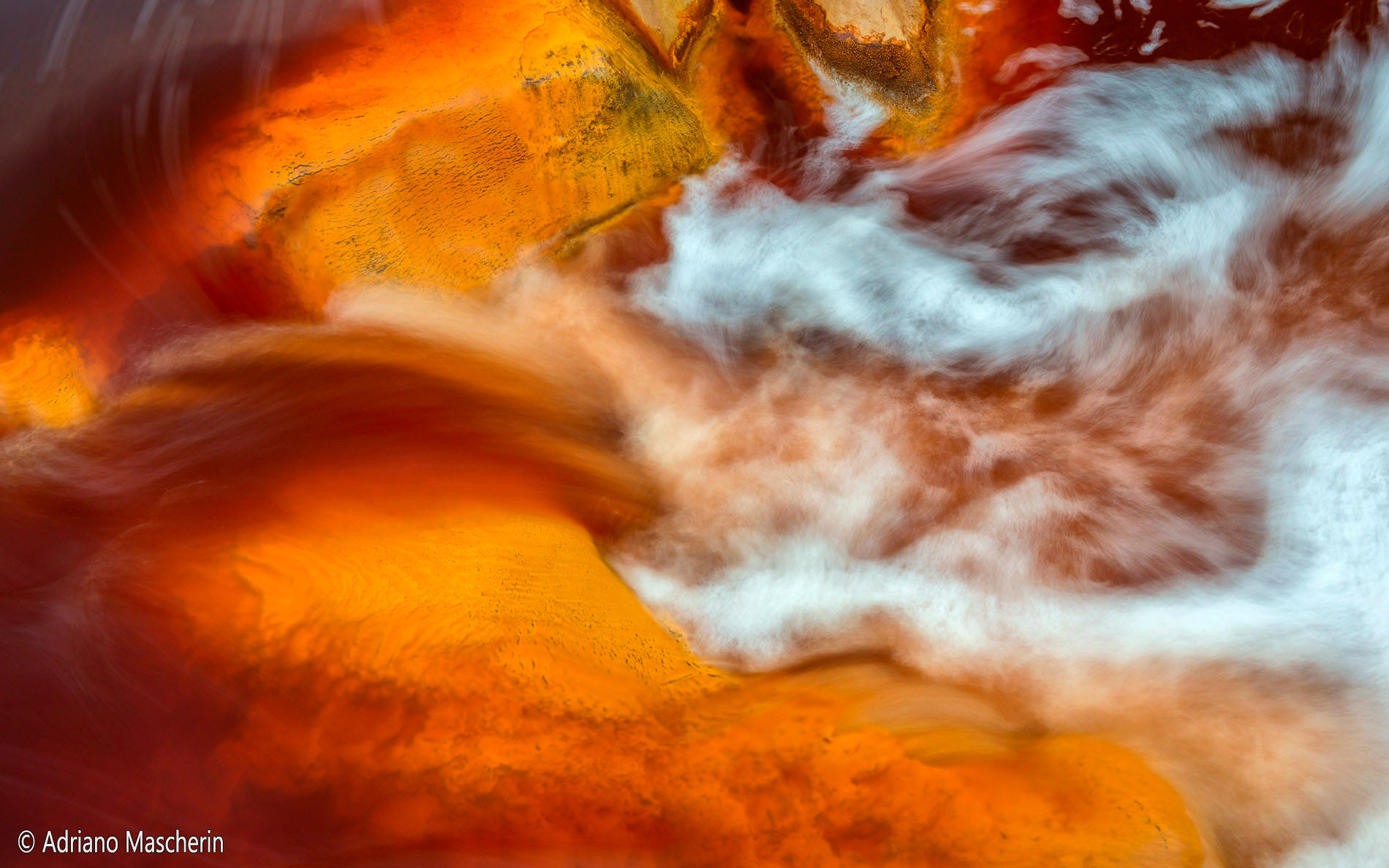
Las Majadillas bridge - Rio Tinto
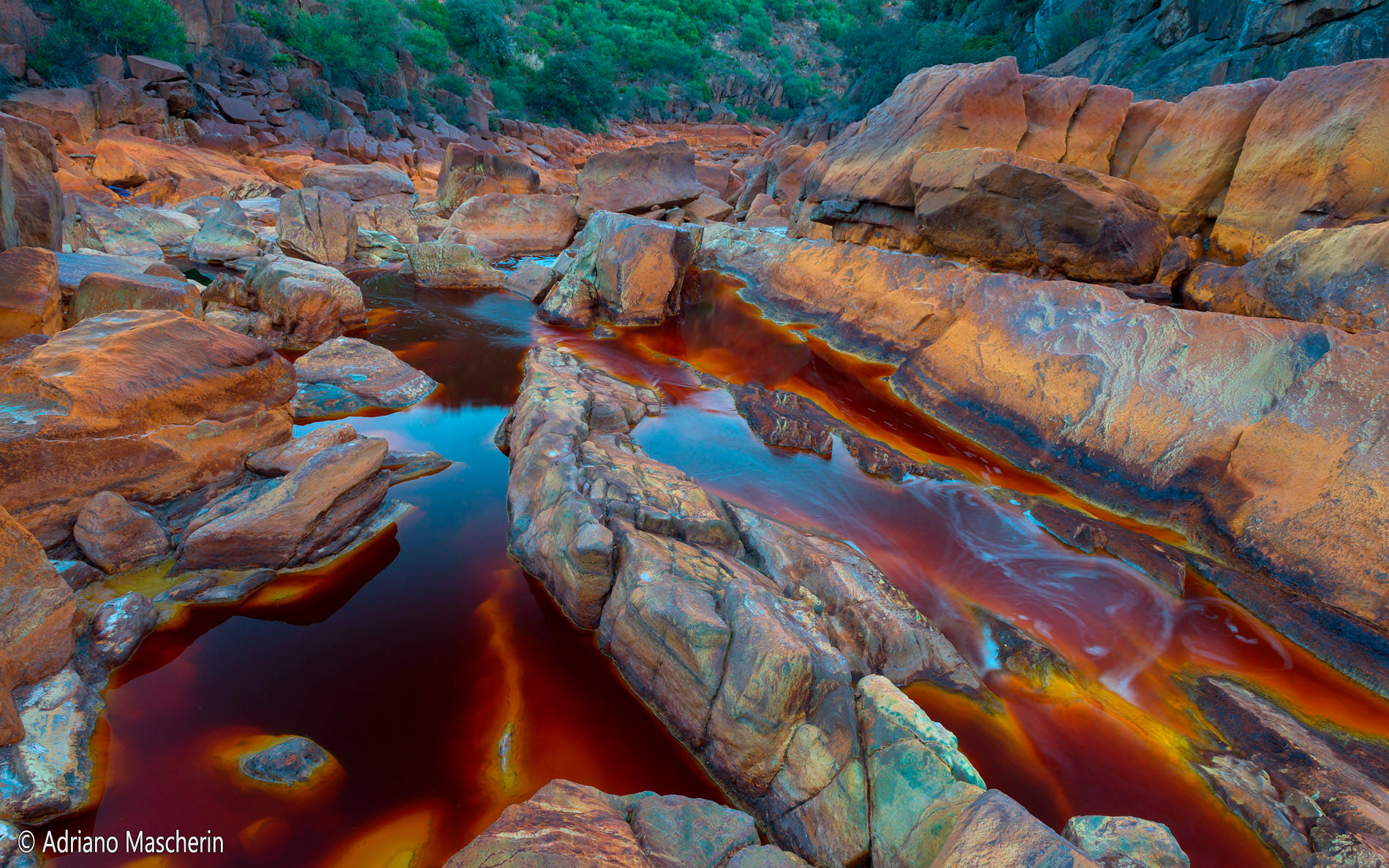
Las Majadillas bridge - Rio Tinto
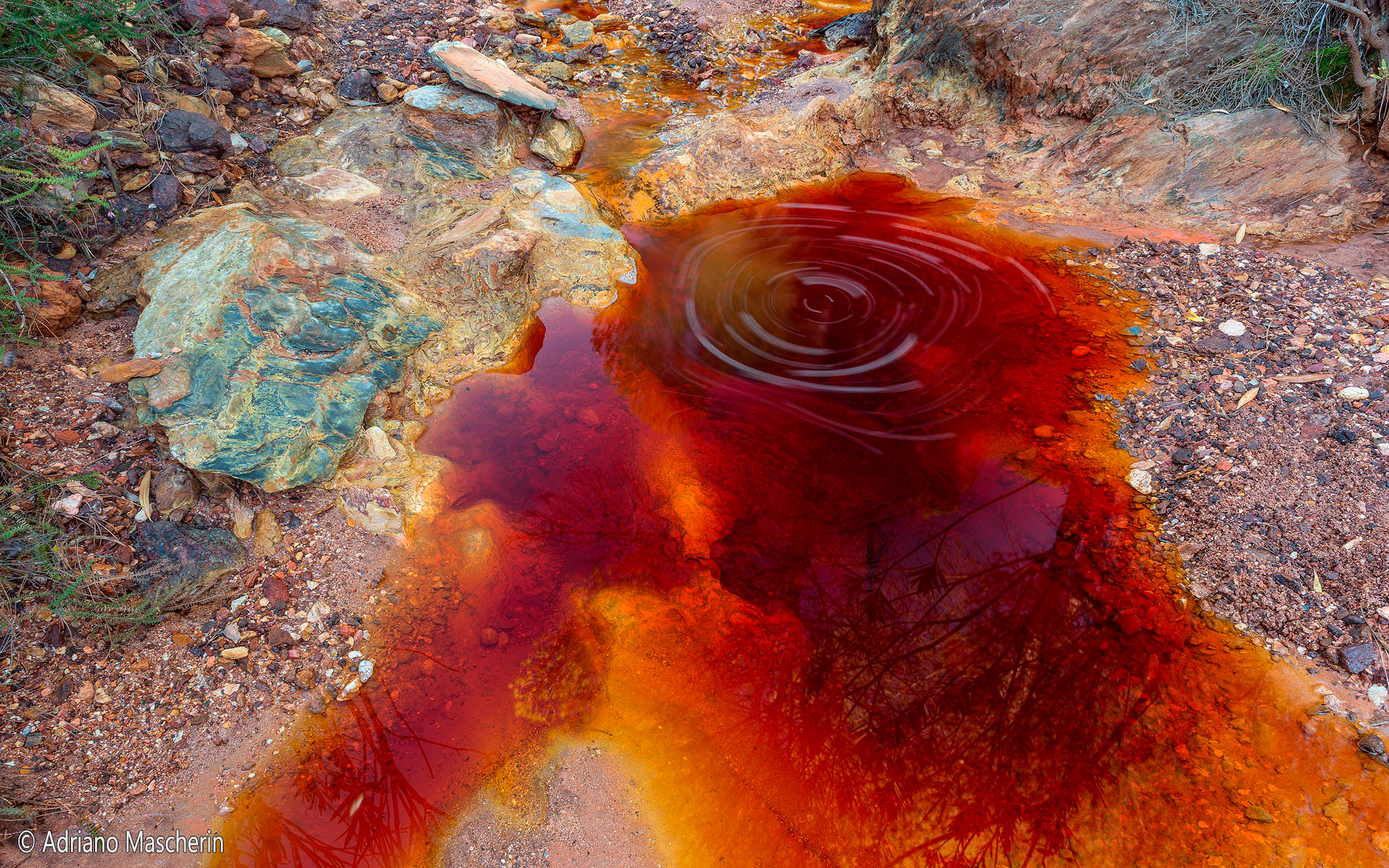
Sorgenti - Sping - Rio Tinto
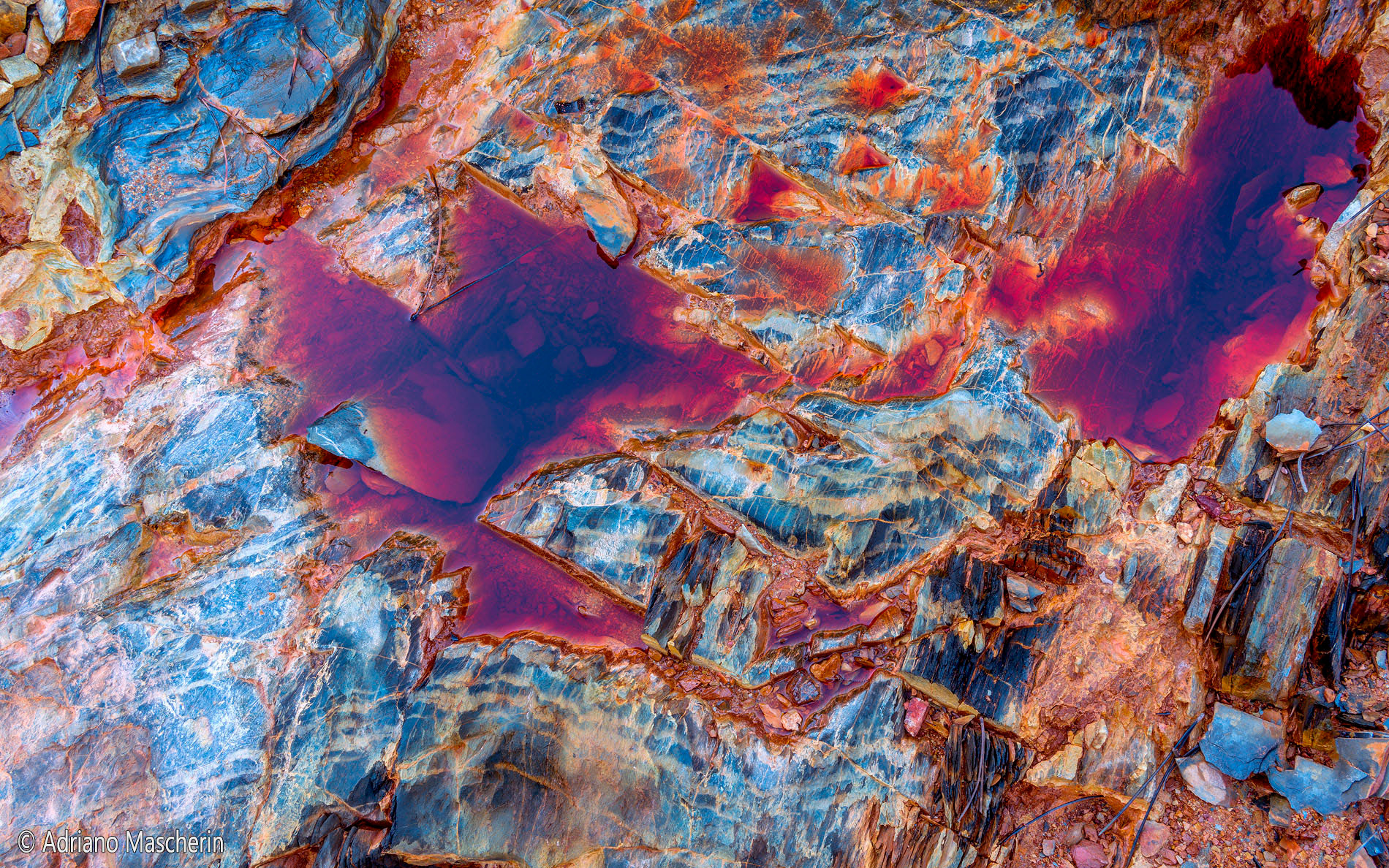
Sorgenti - Sping - Rio Tinto
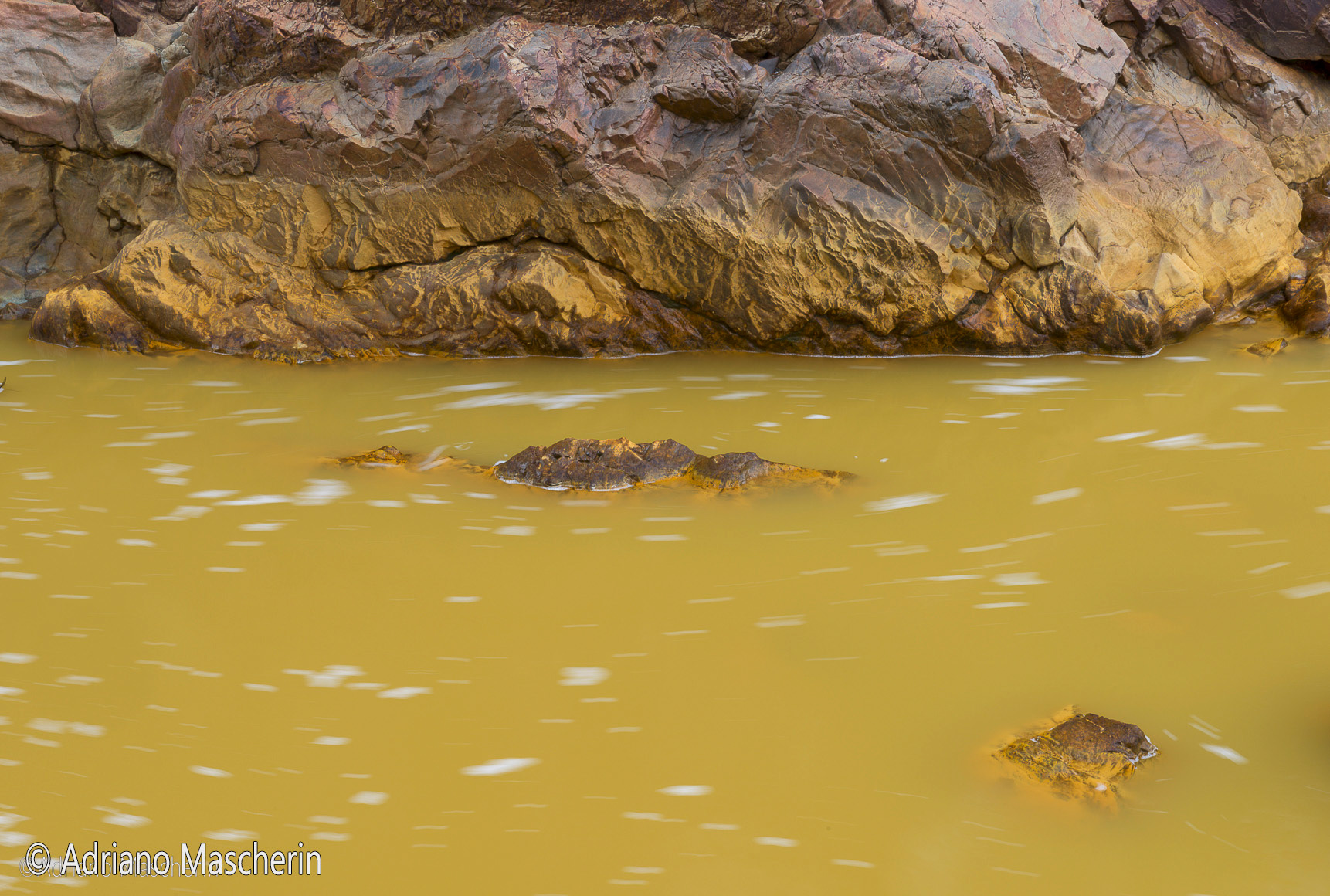
Odiel river near Villar Bridge

Odiel river near Villar Bridge
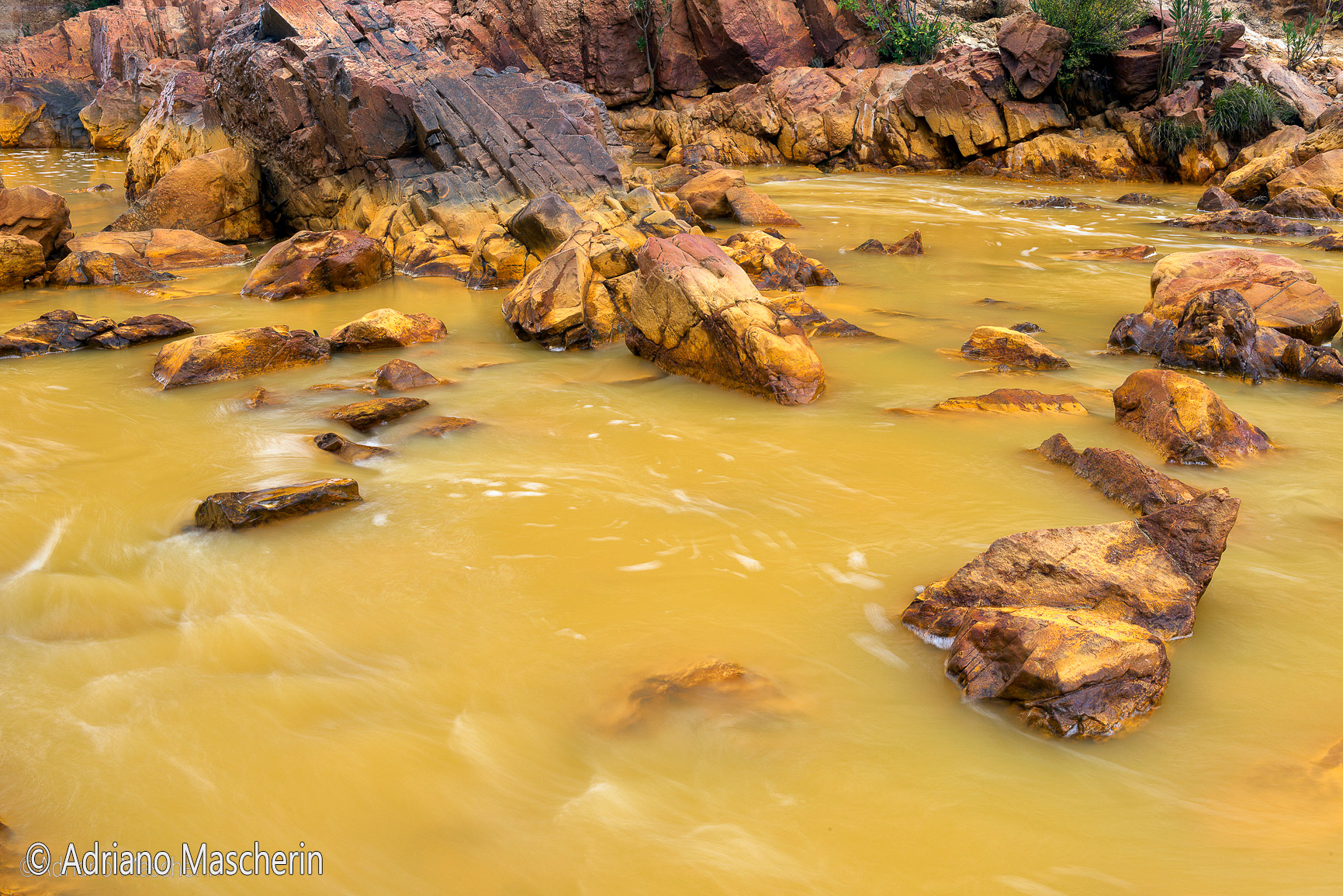
Odiel river near Villar Bridge
